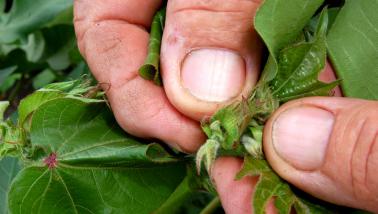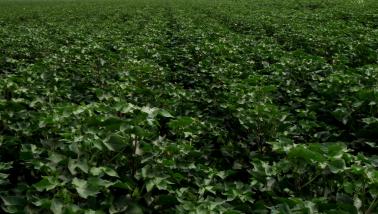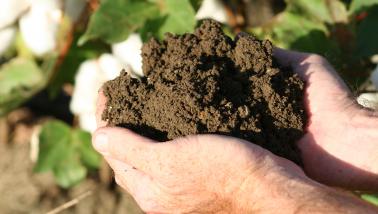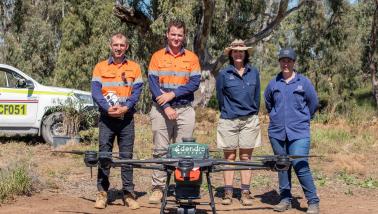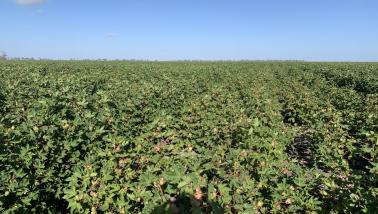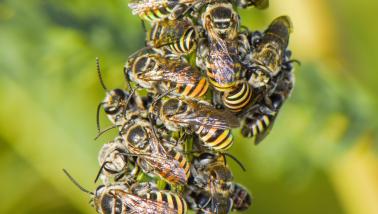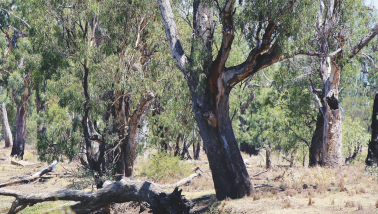We are working to improve sustainability in nine key areas.
PROFITABILITY. A sustainability fundamental: profitable growers can confidently reinvest in their business and community.
Why is this a priority?
Profitability is a fundamental sustainability indicator for growers. Profitable cotton growers can invest in the technologies and practices needed to adapt to a changing environment and market. It also enables them to contribute to local communities, economies and the environment.
Our goal is for growers to have sufficient profitability to…
Read More
